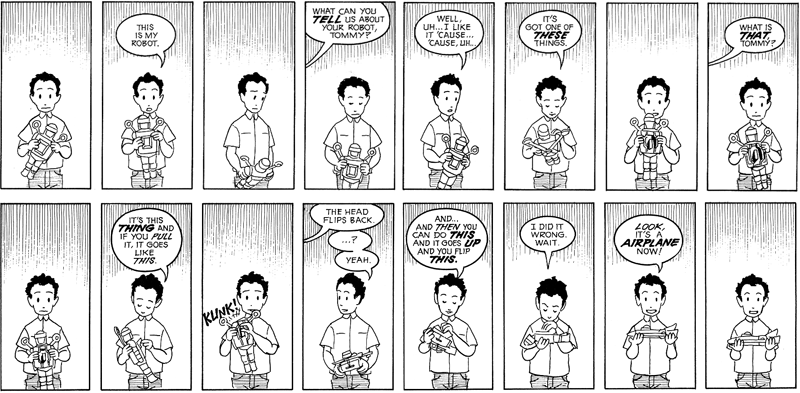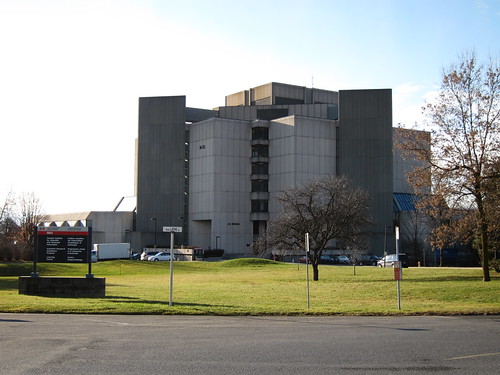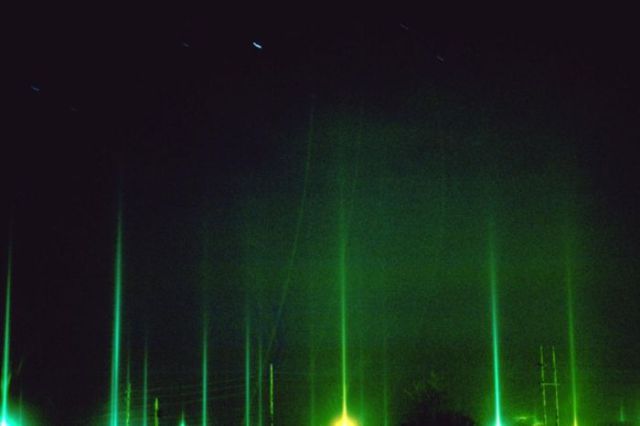Recently, I came across a post from the Libraries and Transliteracy blog on a neat collaboration called You Media.
YouMedia, for those of you who don’t know, is an experiment between the Chicago Public Library, Depaul University, and the Digital Youth Network…
The YouMedia experiment is a 21st century teen learning space. It is really a digital media lab. But it is so much more. The YouMedia folks recognize that technology alone will not save us. The success of this experiment lies in the team that YouMedia has built. Not only do the kids who use the space have access to librarians and library staff, but they also have access to mentors and instructors. The mentors and instructors have expertise in the tools, in tapping into creativity, or in just listening to the kids. They all have the goal of helping these patrons find their voices. It is in these people that the success of YouMedia is built.
… YouMedia recently witnessed a major milestone. While the research findings on the success or the failure of the experiment will take years to construct, the kids recently began providing solid anecdotal evidence pointing towards success. One example of that evidence is the recent results of the Louder than a Bomb Youth Poetry Festival. The winner of the contest was a young man who represents a YouMedia team of teens, and he even gives them credit.[full post]
For those who’re not familiar with the concept, Transliteracy is essentially the idea that literacy is not limited to simply being able to read print texts. It takes, the notion goes, a complex set of interacting literacies to be able to interpret and communicate what we experience, be it by book, movie, YouTube, bus rides, whatever.
Take for example the excerpt from Understanding Comics, above. Reading a comic book involves traditional text literacy, visual literacy (knowing the way comic strips work or what an abstracted human for is), and spacial literacy (understanding movement and action), and more (i.e. you need to sort of generally understand what a Transformers toy is to get what’s happening – Transformers literacy?).
Because of its multi-faceted approach, Transliteracy is an important concept for exploring how pedagogy and communication will evolve. Projects like YouMedia take this and apply it to make a learning and creative environment that combines traditional print books with new multi-media tools. This sort of mixed-media space is well suited for libraries because they are fast becoming mixed-media spaces anyways.
Libraries have already committed to the importance of core literacies (i.e. reading and being able to use a computer). This has never been more relevant. But, if libraries are poised to take this another step. Ideas like Transliteracy will be useful for building bridges beyond simply reading a book or using a computer.










